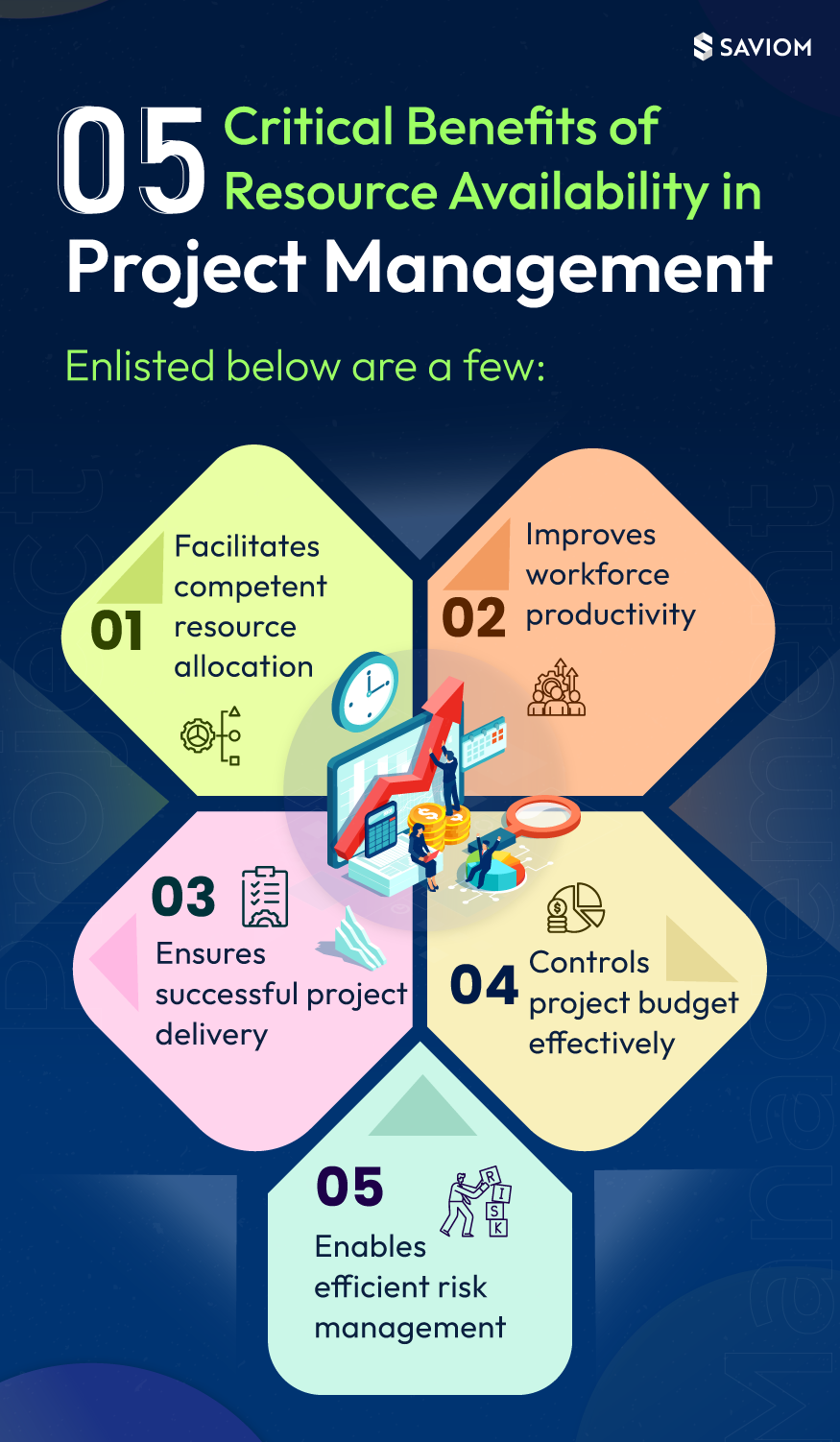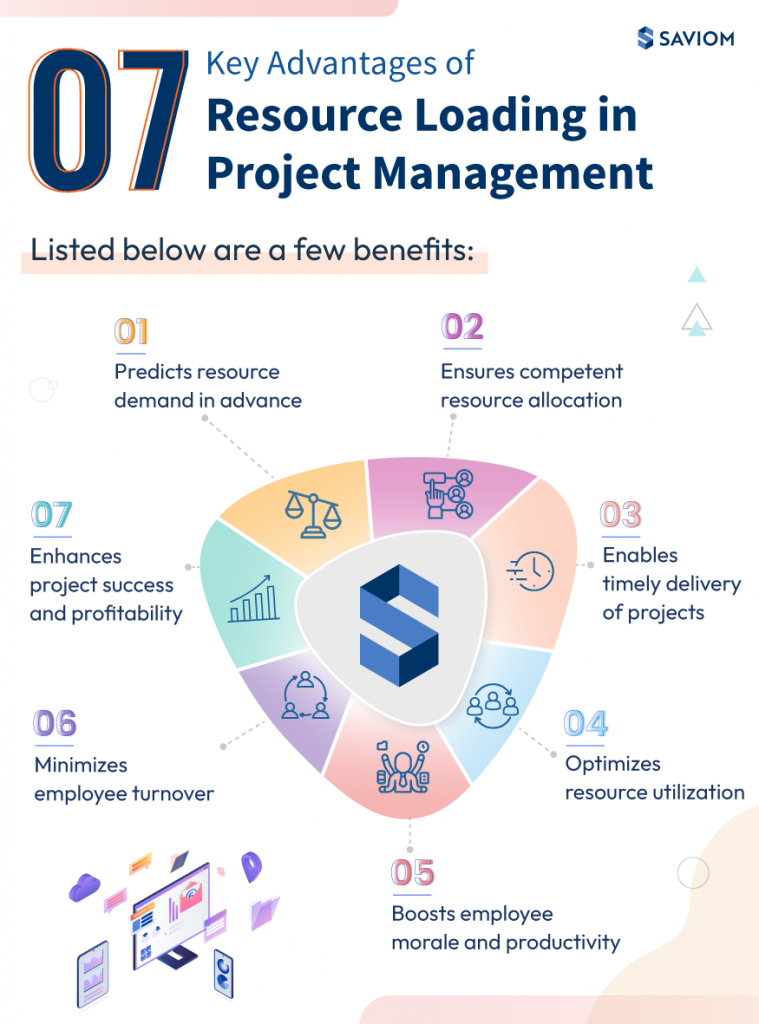Considering the constraints around a project, project delivery methods have come under scrutiny over the years. After all, it’s a question of determining how best a project can meet its stakeholders’ expectations.

What is integrated project delivery?
Integrated project delivery is a combination of lean management and project integration management. In other words, the unification of talent, processes, systems and practices. It is a method of project execution that differs from earlier traditional models contractually.
And the timing couldn’t be more perfect, given the number of construction firms adopting agility as the norm.
While traditional approaches avoid and transfer the risks involved, lean IPD enables multiple parties to reach a consensus on the risks and rewards they would be sharing.
With optimizing project results, maximizing efficiency, waste reduction and increased business value as its primary outcomes, integrated project delivery has considerable success in delivering projects on time, and within the budget.
Read on to know how else lean project delivery differs from traditional models, and the benefits of using it in construction projects.
Traditional Versus IPD Construction
Traditional models perpetuate the theory of every man for himself, meaning that the owner wouldn’t benefit from collective ideation and team collaboration. As mentioned earlier, the primary difference between traditional project delivery methods and Lean IPD lies in contractual terms.
Other differences vary by the model and are as follows:
- Design-Bid-Build – This method is initiated by the owner, who is solely responsible for the project scope. The owner works closely with an architectural designer to create a construction project management plan, including its feasibility reviews. Bids are then advertised and awarded to a construction contractor, based on the best (often, the lowest) offer received.
- Construction Management Agency (CMA) – The contractor and architect are hired together by an external agency who has no liability for the actual project. The duo agrees to provide only consultation services for the entire duration of the project, thus minimizing risk to the agency.
- Construction Manager-at-Risk (CMR) – In this delivery model, the construction manager takes over the project lifecycle and has to bear expenses that exceed the budget provided by the owner. The incentive on dividends, however, ensures the construction manager profits from cost savings below the guaranteed maximum price. There’s a separate design contract that is provided to the construction manager with a full set of plans and specifications.
- Design-Build (DB) – This method lets the owner contract both the designer and contractor. Design schematics and proposed delivery schedules are provided at a fixed price, finalizing the scope of what will be done.
The risk of costs rising in line with gaps or changes to the original project scope implies why most projects wind up going over the budget.
IPD construction, on the other hand, incentivizes ideas while lowering costs. It unites the owner, designer and contractor by creating a single, multi-party contract that outlines cost estimates, project scope, shared risks and rewards. For one, everyone is informed and involved, preventing an adversarial relationship between parties that creates conflicting interests.
An extension of iterative agility, integrated project delivery construction is used to establish a collaborative working relationship amongst project members, which is crucial for large scale, complex projects.
That being said, IPD contracts apply to projects in which the owner’s involvement is sustained throughout the process. In reality, the endless red tape discourages or limits shared risk-taking and decision making ability.
And while it is subject to depreciable returns arising from schedule and build delays, alternative delivery has proven to achieve a financial alignment between design and construction. The next section will explore the benefits more closely!
Benefits of integrated project delivery systems
Project delivery systems for construction doesn’t run without its risks. You’d naturally want to know if the benefits are worth taking up, given that construction project transformation hinges on the method driving it. The first step to adopting any system is to understand what falls under benefits realization.
Conventionally, a cost-benefit analysis is carried out to determine the type of benefits against the costs to be borne, as well as the time these estimated returns will take to come in.
Some of the benefits of integrated project delivery include:
Collaborative decision making
Every stakeholder is on the same page which allows them access to project data in order to reach a consensus sooner. What’s more, priorities are linked to the entire chain, ensuring team members take collective ownership of project responsibilities.
Turnkey delivery planning
Planning is intensified when resource constraints are taken into account. In other words, the ability to predict workforce capacity and staff the project in terms of available hours, skills, experience and location.
This way, the scope factors in the feasibility of getting work done within the timeline proposed, ensuring workloads aren’t stretched or under utilized on the clock.
Leveraging scalable technology
Integrated project delivery is disruptive by nature, which justifies the need to diversify the increased of AI applications in project management. Technology not only lets you work smartly but also lets concerned stakeholders realize value in an IPD project quickly.
Lowered project costs
Traditional construction models hinged on changing the cost in accordance with the scope, but IPD stakeholders create a shared risk contract, which dictates goals of the project. Consequently, it’s easier to recalculate costs against time and effort investments, while making it easier to stick to the budget.
Now that you’ve seen how integrated project delivery introduces transparency across the project lifecycle, it’s time to explore how the same concept applies to your resourcing strategy.
With a resource management software, rest assured that your experiential intuitivity will be captured, helping you tap into potential from within. Further your curiosity with a free trial!







